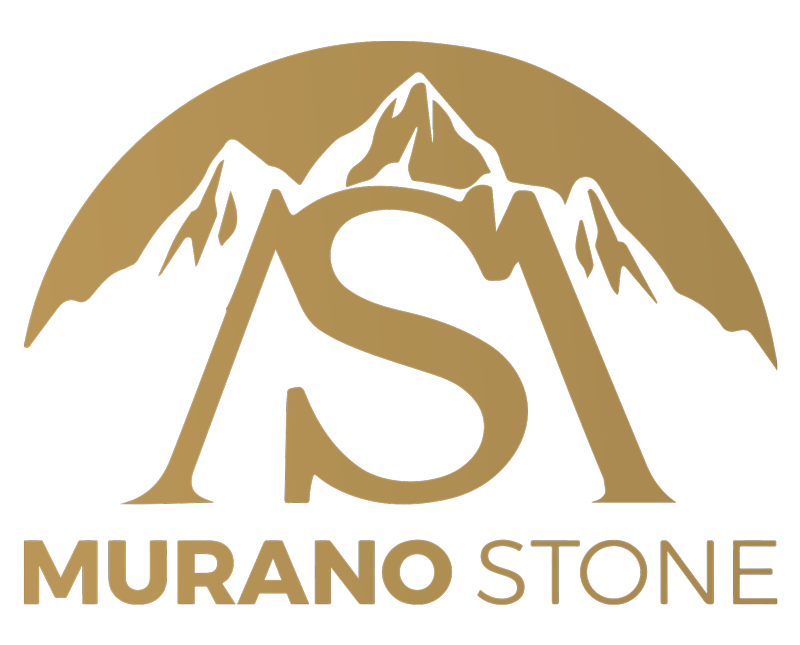The Stone veneer, thin slices of stone used to replicate the appearance of full-sized blocks, have played a vital role in architecture and design throughout history. From their early use in ancient civilizations to today's cutting-edge innovations, stone veneers have continually adapted to meet the needs of builders and designers. At the forefront of modern stone veneer solutions is Murano Stone, a leader in artificial stone products that combines timeless elegance with modern functionality.
This blog explores the rich history of stone veneers and how Murano Stone’s innovative offerings have elevated the industry.
Ancient Beginnings: The Birth of Stone Veneer
The concept of stone veneers dates back to ancient times, with civilizations like the Egyptians and Romans using thin stone layers to create durable and beautiful structures. The Great Pyramids of Giza were originally clad in polished limestone, an early example of veneer applications that offered protection and visual appeal.
Today, Murano Stone channels this ancient ingenuity by providing advanced artificial stone veneers that replicate the grandeur of natural stone. Unlike ancient methods that required heavy quarrying, Murano Stone’s veneers are lightweight, environmentally friendly, and cost effective, perfect for modern-day projects inspired by historical glory.
How Stone Veneers Were Used in the Middle Ages and Renaissance?
During the Middle Ages, stone veneer became integral to the construction of cathedrals and castles. Thin layers of stone added beauty to intricate facades while reducing the weight on the underlying structures. Renaissance architects pushed this further, using veneers as a medium for artistic expression with marble, granite, and travertine.
Murano Stone honors this legacy with a wide range of textures and finishes that follow the sophistication of Renaissance design. From smooth, polished surfaces to textured finishes that mimic hand-carved stone, Murano Stone’s products allow architects to incorporate historical charm into contemporary designs.
Industrial Revolution: Advancing Stone Veneer Production
The Industrial Revolution brought about significant advancements in stone cutting, enabling the mass production of veneers for large-scale projects. Buildings could now feature the opulence of stone without the logistical challenges of full blocks. This era laid the groundwork for today’s artificial stone solutions.
Building on this tradition of innovation, Murano Stone leverages state-of-the-art manufacturing techniques to produce durable veneers with precision and consistency. Whether for a grand commercial building or a cozy residential project, Murano Stone’s veneers embody the balance of practicality and aesthetics pioneered during the Industrial Revolution.
The 20th Century: Birth of Artificial Stone Veneer
The introduction of artificial stone veneer in the 20th century revolutionized the industry. For the first time, designers had access to materials that mimicked the look of natural stone while being lighter, more versatile, and more affordable. Companies began using cement-based mixtures to replicate the texture and appearance of natural stone.
Murano Stone has taken artificial veneers to the next level. By using advanced molding techniques and high-quality materials, Murano Stone creates veneers that not only replicate natural stone but also exceed its performance. With products that are resistant to wear, UV damage, and moisture, Murano Stone provides durable solutions for interior and exterior applications.
Modern Innovations: Murano Stone Leading the Way
In recent years, the stone veneer industry has been transformed by technology and sustainability. Companies like Murano Stone are at the forefront of these advancements, producing veneers that combine aesthetic appeal with eco-friendly practices.
Precision and Quality: Murano Stone uses advanced tools to create ultra-thin veneers that are high-quality and consistent. This precision makes it possible to design intricate and customized pieces that meet the unique needs of every client.
Eco-Friendly and Sustainable: Murano Stone cares about the environment. By using responsibly sourced materials and efficient production methods, it reduces waste and lowers its impact on the planet.
Endless Options: Murano Stone offers many colors, textures, and finishes to help designers and project owners bring their ideas to life.
Murano Stone in Modern Architecture and Design
Murano Stone’s veneers are incredibly versatile, making them an ideal choice for a range of applications:
- Exterior Cladding: Murano Stone’s durable and weather-resistant veneers are perfect for creating striking facades. They offer the timeless beauty of natural stone without the associated weight or cost.
- Interior Features: Whether for a feature wall, or a kitchen backsplash, Murano Stone veneers add depth and character to any interior space. Their lightweight construction makes installation quick and hassle-free.
- Commercial Spaces: Murano Stone veneers help create sophisticated environments from retail stores to hotels. Murano’s wide range of textures and finishes ensures that every project achieves a polished and professional look.
- Custom Projects: Murano Stone offers various veneers, allowing designers and project owners to create exactly what they need. With countless options in shapes and patterns, everyone can effortlessly bring their unique ideas to life.
Future Prospects: Murano Stone’s Commitment to Innovation
As the industry continues to evolve, Murano Stone is dedicated to staying ahead of the curve. The company is actively exploring new technologies and materials to enhance its products. From modern-shaped veneers to sustainable production methods, Murano Stone’s focus is on delivering solutions that meet the demands of modern architecture.
In the future, we can expect even more innovations from Murano Stone, such as smart materials that integrate seamlessly with technology. These advancements will ensure that Murano Stone remains a leader in the industry, offering products that combine timeless beauty with cutting-edge functionality.
Conclusion
The journey of stone veneer from ancient Egypt to the present day is a story of constant innovation and adaptation. Today, companies like Murano Stone are redefining what veneers can achieve, combining the natural elegance of stone with the convenience and versatility of modern technology.
Whether you’re looking to add a touch of historical charm to a project or create a bold, contemporary design, Murano Stone offers a range of artificial stone products to meet your needs. With a commitment to quality, sustainability, and innovation, Murano Stone continues to shape the future of stone veneer, ensuring it remains a vital part of architecture and design for generations to come.



